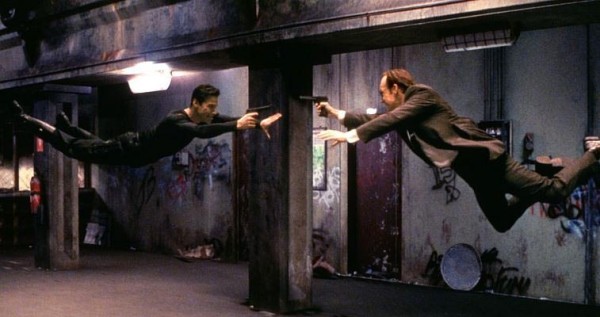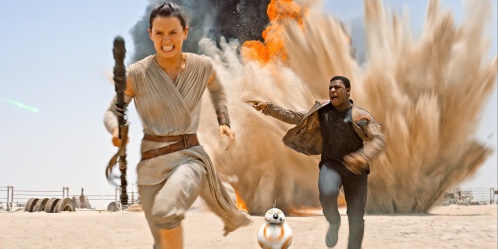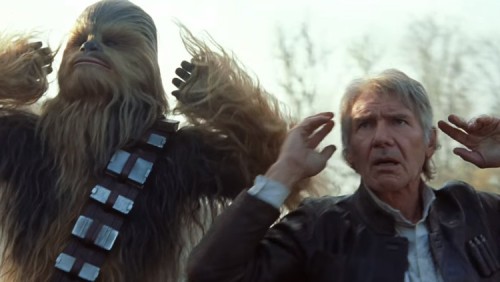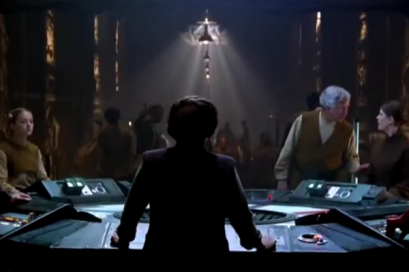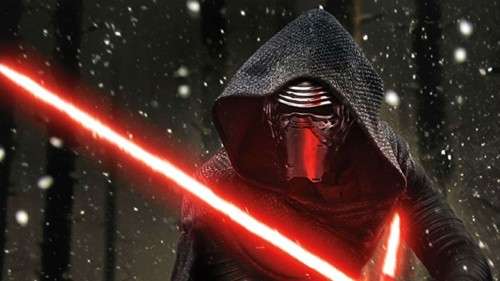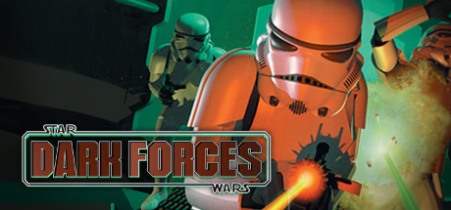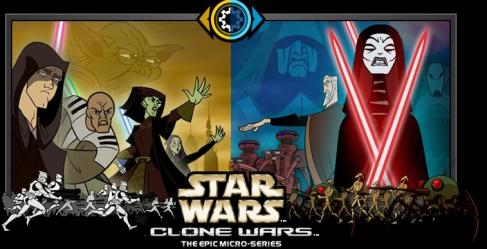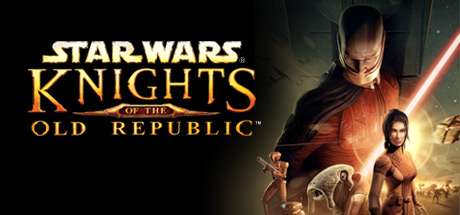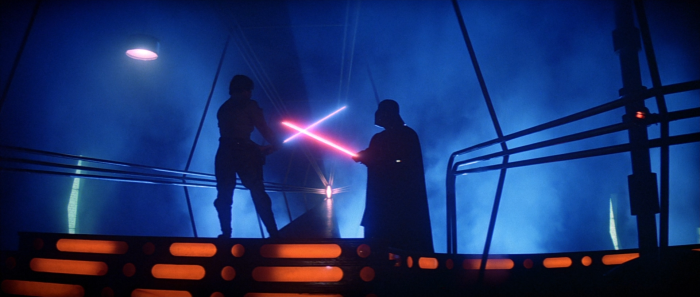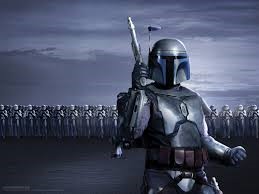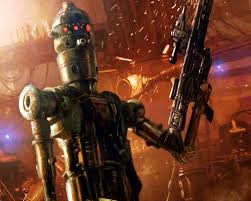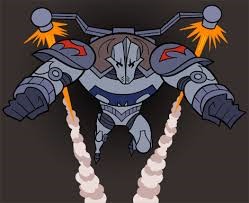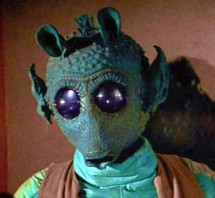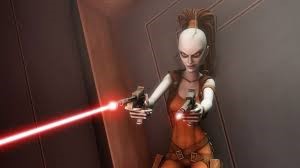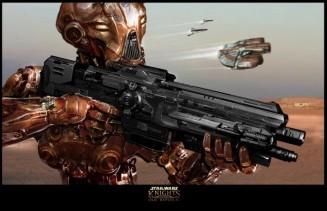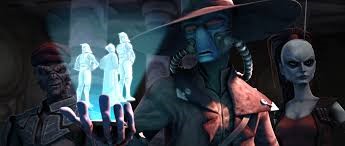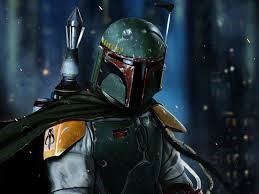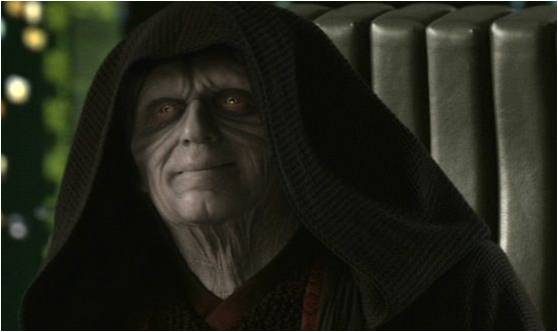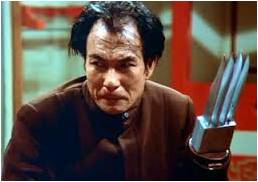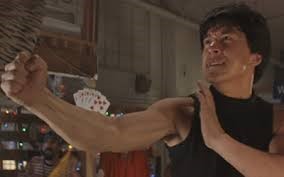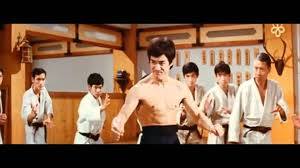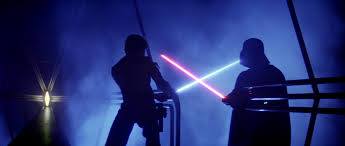by: Matthew J.R. Kohler
In ten days, Star Wars: The Force Awakens will be released. This makes me wonder: Will the villain be any good? Throughout the Star Wars films, one of the things that people always looked for was how cool the villain was. The quality villain is an essential part of any Star Wars film. The same rule applies to Star Wars stories in other media as well. From the original films to the books, here are my ten favorite Star Wars villains.
10.) Darth Revan – Knights of the Old Republic
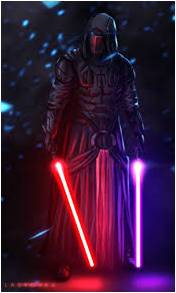
SPOILERS: If you have never finished playing Knights of the Old Republic, DO NOT READ MY DESCRIPTION OF DARTH REVAN.
One of the greatest twists in video game history is when you find out that you, the protagonist, are the very villain you are searching for—Darth Revan. Yes, the entire time you’ve been playing Knights of the Old Republic, you’ve been the great Sith Lord that everyone fears and respects. From the iconic mask to the mystery behind him, Revan has become one of the fan favorite villains.
09.) The Emperor – Return of the Jedi
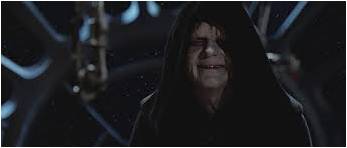
He is someone that even Vader fears, and is the one who introduced us to Sith lightning. The Emperor is most interesting when you don’t see him a lot. The mystery behind him is far more frightening than the constant sight of him, as the prequels sadly demonstrated.
08.) Asajj Ventress – Star Wars: The Clone Wars (2008)
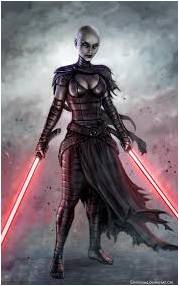
Apprentice to Dooku, and betrayed by Dooku. Asajj Ventress is one of the best parts of Star Wars: The Clone Wars because of how much her character grows. Throughout the series, she was one of the top-tier threats. But, by the end, she has grown to be similar to hero Ashoka Tano, in that she firmly believes in her own way, and is betrayed by the people she cares about, but still is able to overcome all opposition.
07.) Savage Opress – Star Wars: The Clone Wars (2008)
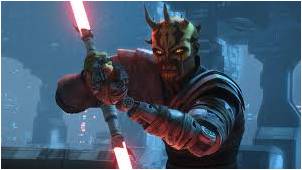
If you never have seen Star Wars: The Clone Wars, then you should at least watch the episodes the feature Savage Oppress. At first, I didn’t like the idea of Darth Maul’s brother being a main villain, but series director Dave Filoni changed my mind. Savage was tortured by the Nightsisters and was their new weapon to defeat Count Dooku, and the Emperor. Once they failed, Oppress went on to search for his brother, Darth Maul.
06.) Grand Moff Tarkin – Star Wars

Grand Moff Tarkin was a villain that you loved to hate. He told Leia that he would blow up her home planet if she did not reveal the location of the Death Star plans. Even when she gave a believable answer, he blew it up anyway! In many ways, he is as evil as the Emperor. Tarkin was such a force in this movie that not even Vader wanted to do anything against him. That says a lot about a guy.
05.) Darth Bane – Darth Bane Trilogy
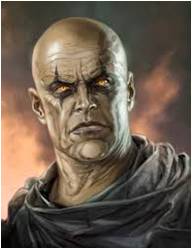
Darth Bane created the “Rule of Two,” a philosophy that there should only be two Sith lords in the galaxy. As a result, he also wiped out most of the Sith in the Old Republic days. In other words, he is one of the few Sith that no one wanted to cross. In his eponymous trilogy, Bane rises from the ranks of a Sith trooper to one of the elite Sith. When he created the “Rule of Two,” he realized that the Sith were too weak, but knew that one day they would have their revenge when the two strongest of Sith would grow in power.
04.) Mara Jade – Star Wars Legends Universe
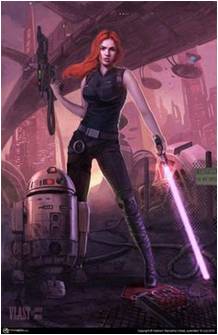
She was assigned to kill Luke Skywalker in Heir to the Empire. Mara Jade is strong in the force (like Luke), and cunning like Han Solo. She is able to fight against, or with, the best of the best. She also was the Emperor’s Hand, and blamed Luke for the death of the Galactic Empire. Admiral Thrawn uses her thirst for revenge as a way to get rid of Luke. She later leaves the dark side, becoming a Jedi Master, and marries Luke Skywalker.
3.) Boba Fett – Episodes V & VI

Though he is my favorite Star Wars character, even I have to admit that there are other villains that are more threatening than him. Sure, he was able to help the Empire get Han Solo. But if it wasn’t for the fans, Boba wouldn’t be remembered except as the guy who gets blindsided by Han. Nevertheless, Fett has always been a cool villain, and is one of the few that stood face to face with Vader and didn’t seem threatened.
02.) Darth Vader – Episodes IV –VI
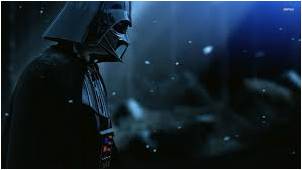
The first and only reason you need to love Star Wars. If you cannot enjoy Darth Vader, then you will never like this franchise. Vader was the first threat in the universe, for he killed all of the Jedi (except for two). He killed Obi-Wan Kenobi in the first movie, and cut off Luke’s hand and told him a shocking truth in The Empire Strikes Back. In Return of the Jedi he had the best redemption ever. Ever since I was a kid, Vader was one of my favorites, and him killing his own men to get to Luke has always been enjoyable to watch (I mean that in the most non-weird way possible).
01.) Admiral Thrawn – Heir to the Empire Trilogy
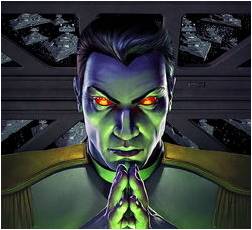
It is no small feat to top one of the best villains in movie history, but Thrawn does just that. He isn’t like Vader at all, in terms of strength, or cocky like the Emperor, or Grand Moff Tarkin. Instead, he is very honest. In the opening chapters of Heir to the Empire, he explains why the Empire lost–Vader’s pursuit of Luke, and the Emperor’s cockiness. He also figured out how to defeat Jedi without using the force—the Ysalamiri. In my opinion, Thrawn is a legend that true Star Wars fans will never forget, and is the greatest Star Wars villain of all time because he used brains over brawn.

